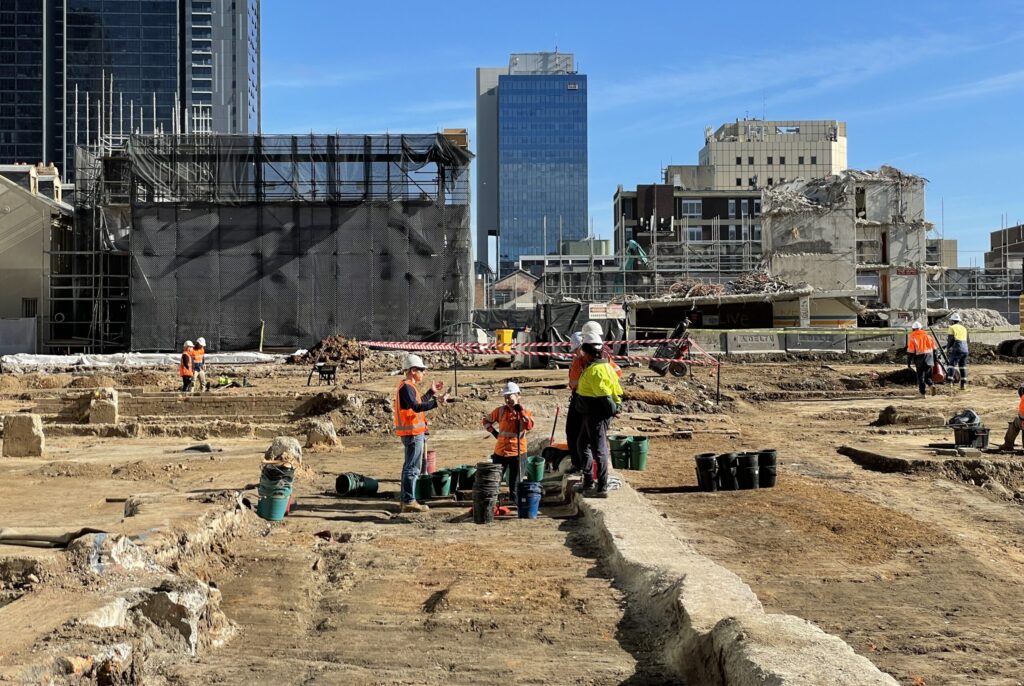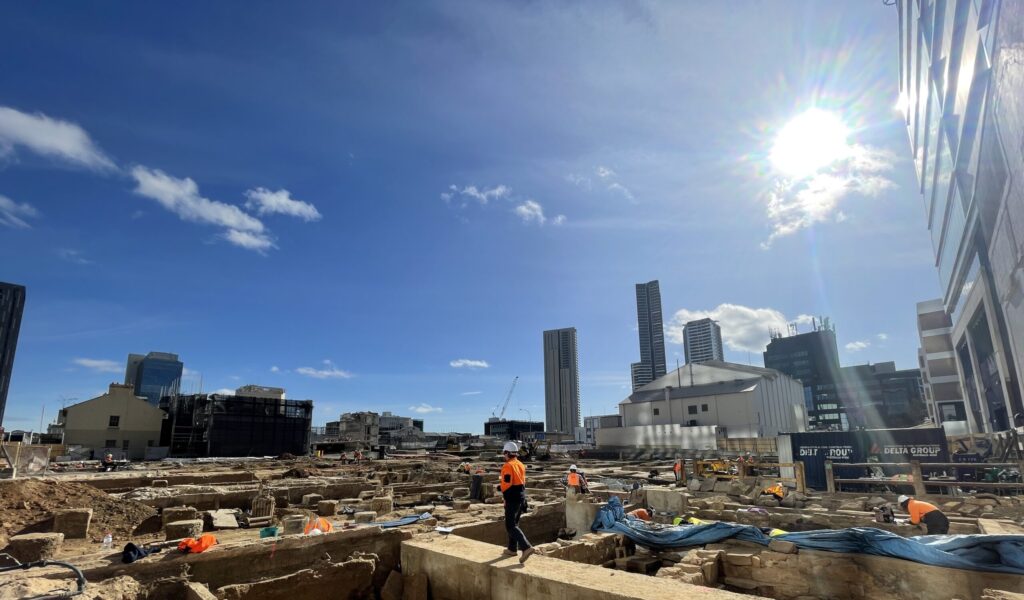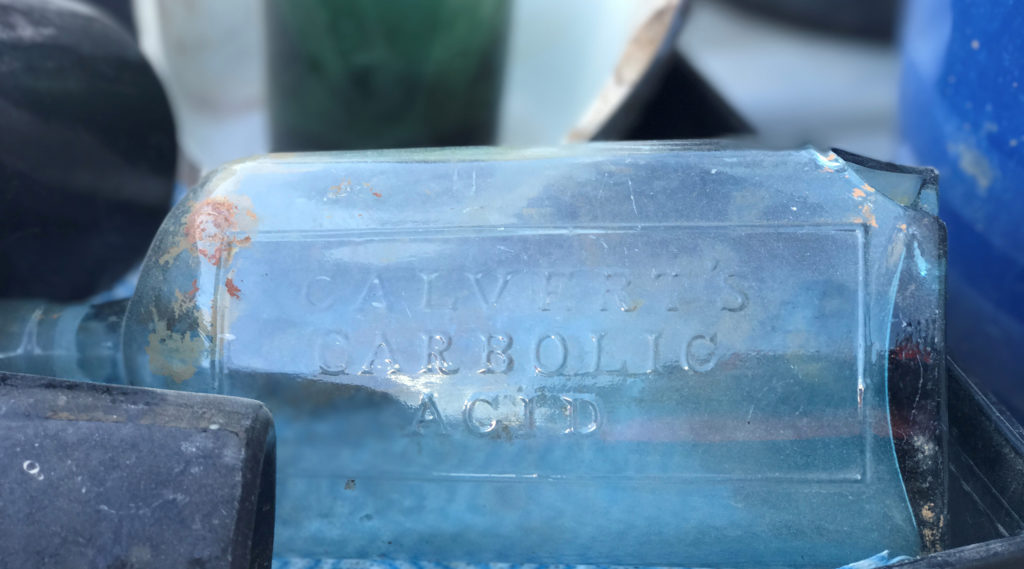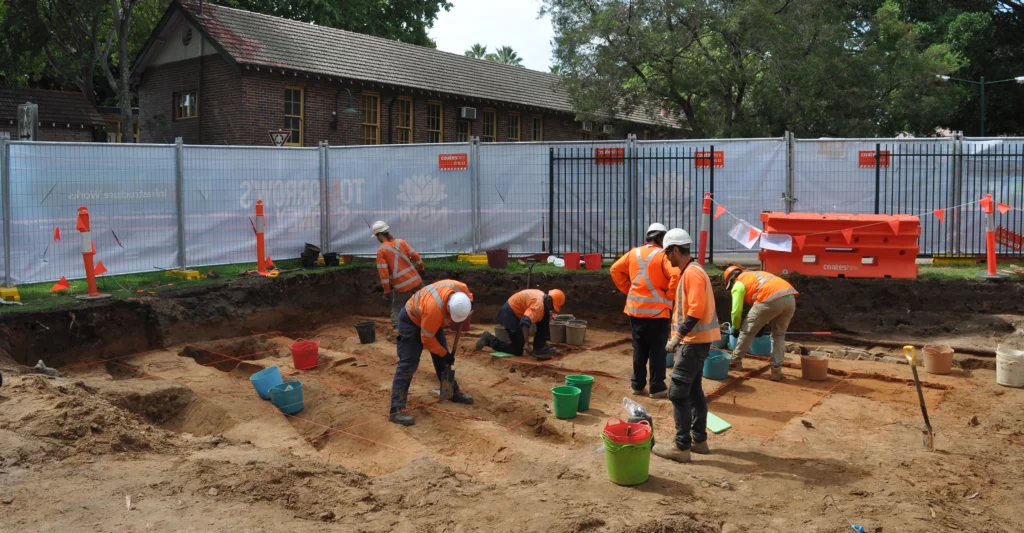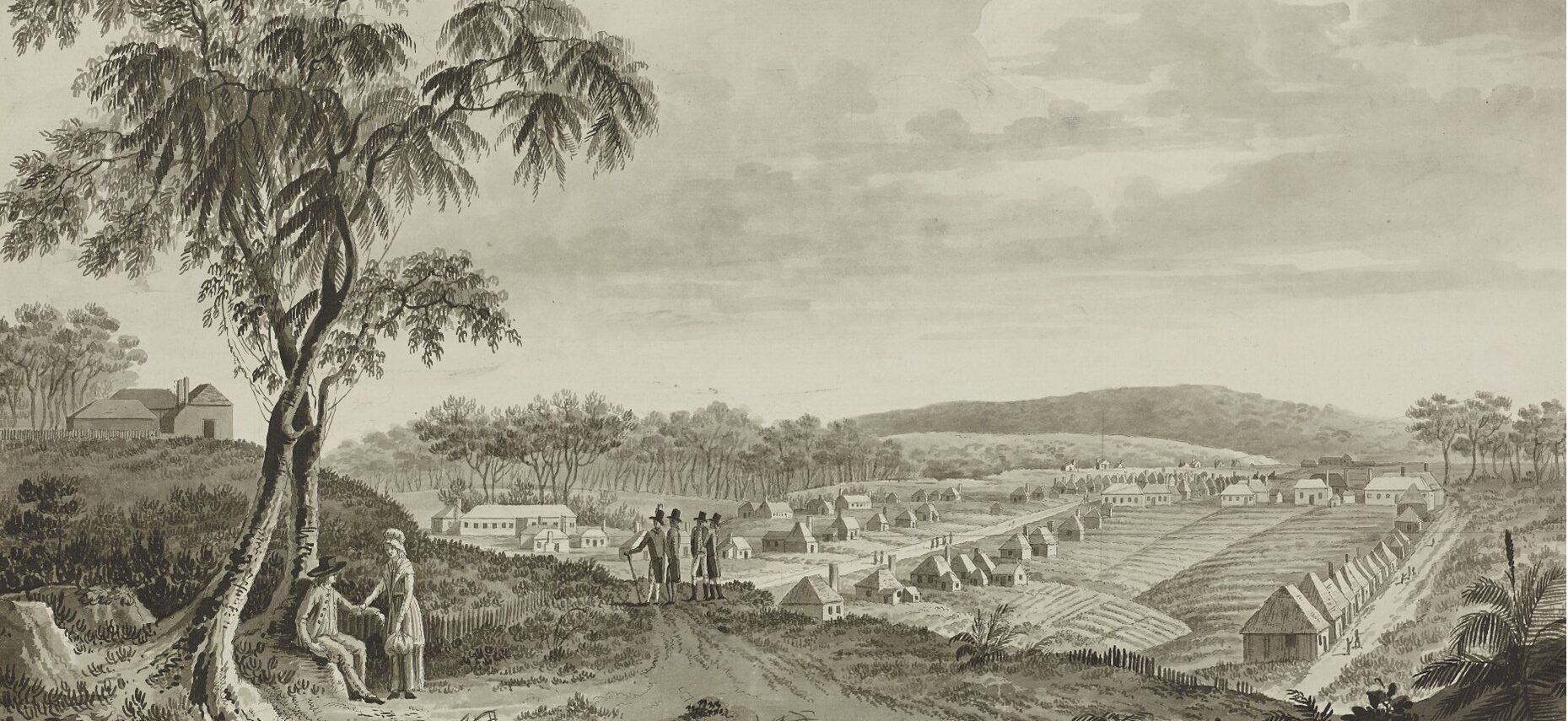
Club Parramatta
Aboriginal Cultural Heritage Assessment Report
Archaeological Research Design
Archaeological Excavations
Public Archaeology Open Day
Post-Excavation Analysis and Final Reports
Paynter Dixon
Parramatta, NSW
Dharug Country
Redevelopment of the Club Parramatta site provided a rare opportunity to investigate Parramatta’s early convict archaeology.
GML completed historical and Aboriginal archaeological investigations across two project stages. During Stage 1 we undertook historical archaeological excavation of four state significant convict hut sites under a Section 140 permit. We held an open day where the local community were able to view the archaeology and artefacts and learn about Parramatta’s early convict history.
For Stage 2 we prepared Aboriginal and historical archaeological research designs and obtained a Section 140 permit and Aboriginal Heritage Impact Permit. Our team completed an integrated program of Aboriginal testing, salvage and historical archaeology salvage excavations.
Working with Aboriginal community representatives, we identified further evidence of Parramatta’s deep time history, including rare artefacts manufactured from ironstone. The Aboriginal artefacts have been lodged with City of Parramatta’s Keeping Place at PHIVE.
The Club Parramatta site is also rare in the context of Parramatta in that domestic occupation of the site ceased by 1818, providing a chronologically secure artefact assemblage that has yielded further information on the lives of its convict and emancipist occupants. Detailed analysis of the artefacts, including the use of Geographic Information System (GIS), furthered our understanding of how the individual lots were modified by the various occupants.
The results of the excavations are presented in a comprehensive report that took a thematic approach to investigate the development of Parramatta from a penal settlement into a thriving urban centre. The results have also been published in the Australian Archaeology academic journal, making a significant research contribution.
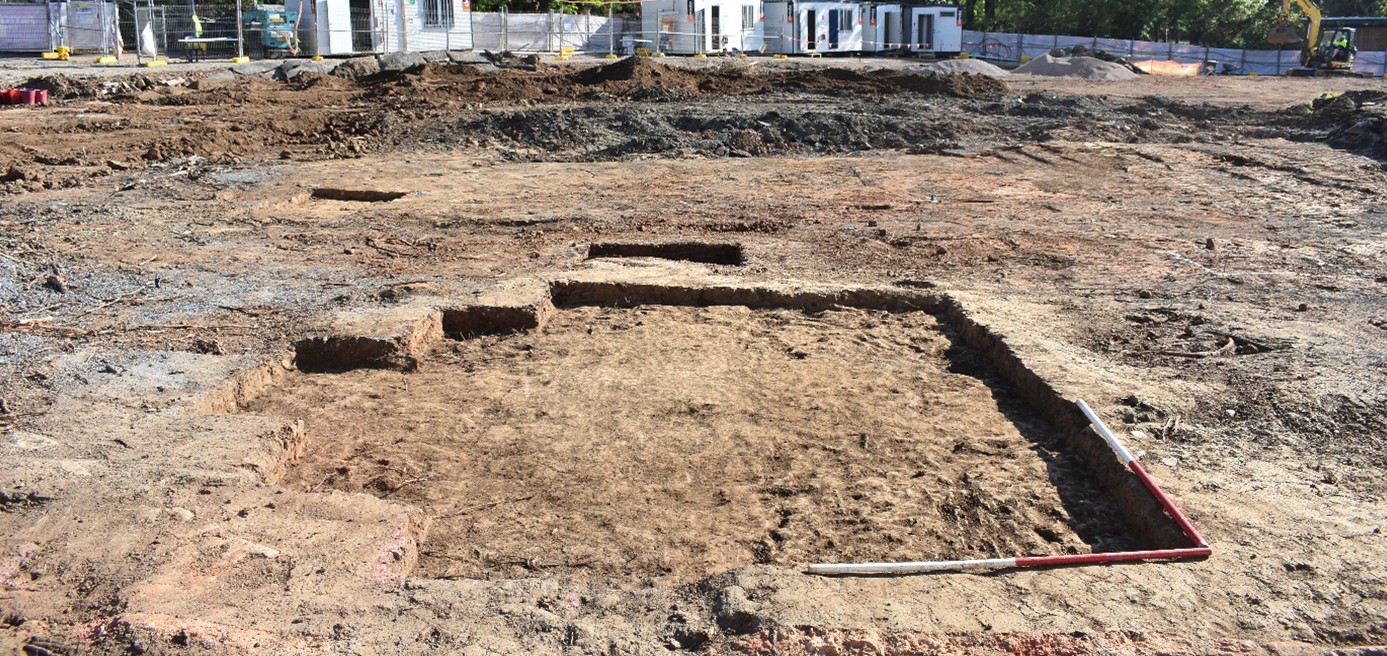
The site of the Aboriginal salvage excavation undertaken during Stage 2. Photo: GML Heritage
